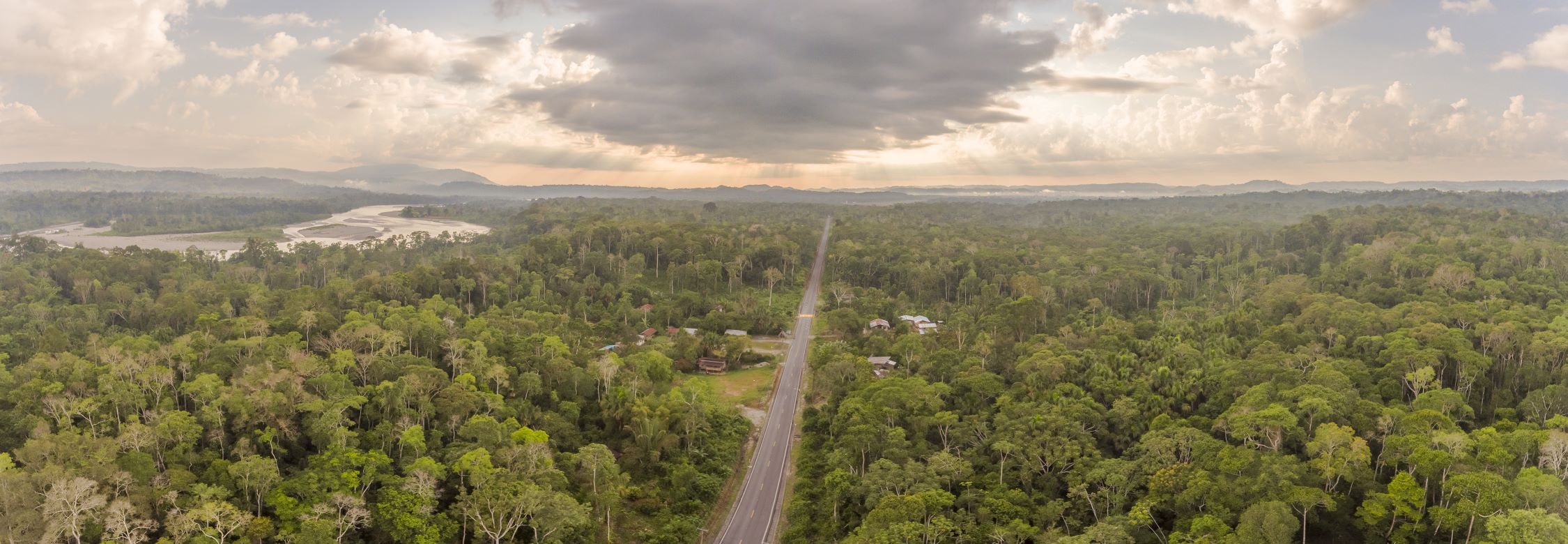- Mongabay has begun publishing a new edition of the book, “A Perfect Storm in the Amazon,” in short installments and in three languages: Spanish, English and Portuguese.
- Author Timothy J. Killeen is an academic and expert who, since the 1980s, has studied the rainforests of Brazil and Bolivia, where he lived for more than 35 years.
- Chronicling the efforts of nine Amazonian countries to curb deforestation, this edition provides an overview of the topics most relevant to the conservation of the region’s biodiversity, ecosystem services and Indigenous cultures, as well as a description of the conventional and sustainable development models that are vying for space within the regional economy.
- Click the “A Perfect Storm in the Amazon” link atop this page to see chapters 1-13 as they are published during 2023.
The largest hydropower complex in Venezuela is the oldest and least sustainable facility in the Pan Amazon. The complex of dams on the Rio Caroni is operated by Electrificación del Caroni C.A. (EDELCA), a subsidiary of the state-owned Corporación Venezolana de Guayana (CVG) that broke ground on the first D&R power plant at Macagua in 1956 and initiated the construction of the high dam at Guri in 1963.
Energy production began in 1961 at Macagua and at Guri in 1968; both expanded capacity by adding additional turbines over the next two decades to meet demand for electricity during a period of sustained economic growth. Subsequently, EDELCO added an R-o-R facility below Guri at Caruachi that began operations in 2006, and started construction on a fourth power plant at Tocoma in 2009. When finished, the four facilities combined will have an installed capacity of 18 GW, making the Caroni Cascade the second-largest hydropower complex in the world.
The 162-metre main dam at Guri is almost twice as high as any other dam in the Pan Amazon; it has flooded 425,000 hectares (over 1 million acres) to create the largest man-made lake in South America. The reservoir has a volumetric capacity of 135 cubic kilometers and flow rates that average about 4,850 m3 s-1, which should be sufficient, theoretically, to maintain maximum water flow for about 320 days per year. The Caroni hydropower cascade provides almost half of Venezuela’s electrical energy.

When rainfall within the watershed falls below normal, waterflow shortages reverberate through the system, immediately plunging the nation into a power crisis. A prolonged drought caused by the El Niño phenomenon forced the national power company to impose energy rationing between 2009 and 2013 and again in 2015 and 2016.
The over-reliance on the mega-scale hydropower complex provides three basic lessons: (1) hydropower carries an explicit risk linked to climate variability; (2) diversification of energy sources is essential; and (3) large-scale hydropower suppresses diversification because it outcompetes alternative energy sources during ‘normal’ years.
One positive environmental outcome of the Venezuelan reliance on the Guri complex has been the decision to protect the Caroni watershed with a hundred per cent of the upstream area set aside as a national park or national monument, or zoned as a special watershed reserve with restricted land-use.
The failure to complete the Tocoma dam and power plant is an example of the problems associated with mega-scale hydropower: cost overruns and corruption. The original budget of $US 3.1 billion had increased to $US 9 billion by 2018; an estimated $US 1.5 billion is believed to have been embezzled by governmental functionaries in cahoots with the construction consortium led by Oderbrecht, the Brazilian firm found guilty of fraud and bribery in the Lava Jato scandal.
“A Perfect Storm in the Amazon” is a book by Timothy Killeen and contains the author’s viewpoints and analysis. The second edition was published by The White Horse in 2021, under the terms of a Creative Commons license (CC BY 4.0 license).
Read the other excerpted portions of chapter 2 here:
Chapter 2. Infrastructure defines the future
- Infrastructure defines the future July 19, 2023
- Roads are primary vectors of deforestation in the Pan Amazon July 20, 2023
- The Human-Modified Landscapes (HML) and the Brazilian highway network July 26, 2023
- The Andean republics of the Pan Amazon July 26, 2023
- Infrastructure in the Andean Amazon: The Carretera Marginal de la Selva August 1, 2023
- Infrastructure in the Pan Amazon: The Guiana Shield and the Coastal Plain August 3, 2023
- Hydropower in the Pan Amazon: A shift toward reduced impact facilities, but the controversy continues August 9, 2023
- Hydropower in the Pan Amazon: The Guri complex and the Caroni Cascade August 11, 2023
- Hydropower in the Pan Amazon: Tucuruí and the Tocantins Cascade August 16, 2023
- Hydropower in the Pan Amazon: The Madeira Hydropower Complex August 17, 2023
- Hydropower in the Pan Amazon: Belo Monte and the Río Xingu August 24, 2023
- Hydropower in the Pan Amazon: The Tapajós Basin and the prevalence of Indigenous rights August 25, 2023
- Hydropower in the Pan Amazon: Río Trombetas and Calha Norte August 29, 2023
- Hydropower in the Pan Amazon: Bolivia seeks an energy export model August 30, 2023
- Hydropower in the Pan Amazon: A look at the private energy sector in Peru September 5, 2023
- Hydropower in the Pan Amazon: An overview of the private energy sector in Ecuador and China’s role September 6, 2023
- The future of hydropower in the Pan Amazon September 12, 2023
- In the Amazon, global competition drives bulk transport systems September 13, 2023
- Infrastructure in the Pan Amazon: Waterway options September 20, 2023
- Infrastructure in the Pan Amazon: Railroad development September 21, 2023
- Infrastructure in the Pan Amazon – Finance: What is new and what is not September 26, 2023
- Infrastructure in the Pan Amazon: Public-private partnerships September 27, 2023
- Investing in the Pan Amazon: How China’s investment operates October 4, 2023

